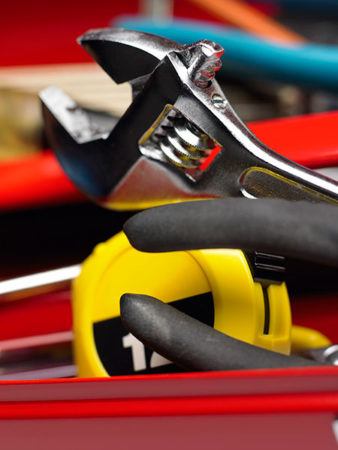Non-powered hand tools

Photo: Creatas/Creatas/Thinkstock
According to NIOSH, the use of non-powered hand tools in work settings can contribute to musculoskeletal disorders. These injuries can be reduced if users choose the right tool for the job.
NIOSH recommends the following:
Know the job that will be performed
Before selecting a tool, research the task to find the tool that will accomplish the specific purpose in mind. Any tool that is used for a job other than its designed purpose may cause injury, pain or discomfort.
Examine posture
When working, an awkward posture may create unnecessary demands on the body. In some cases, the placement of the work piece will affect the shoulder, elbow, wrist, hand or back. Choosing a tool requiring the least continual force will help minimize pain and fatigue by keeping the neck, shoulders and back relaxed.
Select the right tool
The risk of injury may be reduced if the tool fits the worker’s hand.
Select a tool:
- Without sharp edges or finger grooves on the handle
- That is coated with soft material
- With an angle that allows work to be performed with a straight wrist
- That can be operated with either hand
- That has a non-slip surface for a better grip
Post a comment to this article
Safety+Health welcomes comments that promote respectful dialogue. Please stay on topic. Comments that contain personal attacks, profanity or abusive language – or those aggressively promoting products or services – will be removed. We reserve the right to determine which comments violate our comment policy. (Anonymous comments are welcome; merely skip the “name” field in the comment box. An email address is required but will not be included with your comment.)

